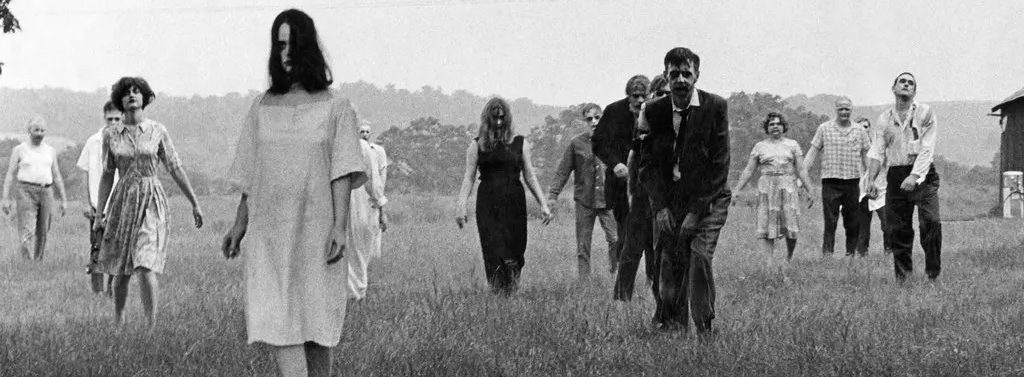Many people see Texas Chainsaw as heralding the arrival of of the slasher film, a subgenre that came to dominate horror film in the late 1970s and 1980s. The readings by Carol Clover (for last class) and Robin Wood (for last class and today’s class, too) focus to some extent on the slasher movie. What makes a slasher film? To what extent should we understand Texas Chainsaw as working within the genre as one (or both) of these writers describes it? How do they see the genre changing from the 1970s through the 1980s?
One thought on “Texas Chainsaw and the Slasher Film”
Leave a Reply
You must be logged in to post a comment.

Slasher movies are a prominent subgenre of horror. They can be characterized by the relationship between the stalker, often wearing a mask, and the male, and the final girl, as stated by Carol Clover, who is typically the female protagonist and the only one who survives the horrific events of the movie. The characters involved are more than likely young and slowly picked off one by one by the stalker figure. Many scenes are shot from the killer’s point of view, which both evoke a feeling of dread and identification with the killer. Filmmakers often look to flip the identification of the viewers throughout the movie and use the elasticity of the viewer’s identificatory powers to their advantage. As for the Texas Chainsaw Massacre, it primarily works within the genre through Sally, who is Clover’s “Final Girl.” Sally is the only surviving protagonist at the movie’s end and is one of the earliest instances of this slasher film trope. Although she doesn’t precisely fit the “Final Girl” mold, her endurance and eventual confrontation with the killer is a cornerstone of the “Final Girl” trope. On the other hand, the idea of the “return of the repressed” by Robin Wood is evident in Texas Chainsaw, with the depiction of the cannibal family and their lifestyle. Antagonists are typically imagined to symbolize societal others and bring deep fears and anxieties to the surface. The grotesque nature of the family is a reflection of the marginalized and repressed segments of society. From the 1970s to the 1980s, slasher films underwent some notable changes, with Clover emphasizing the nuanced portrayal of gender roles and the sexualization and commodification that changed the role of the “Final Girl.” Wood specifically saw the change in the social-political elements of the movies as they ventured towards box office successes and graphic violence that targeted the teenage audience.